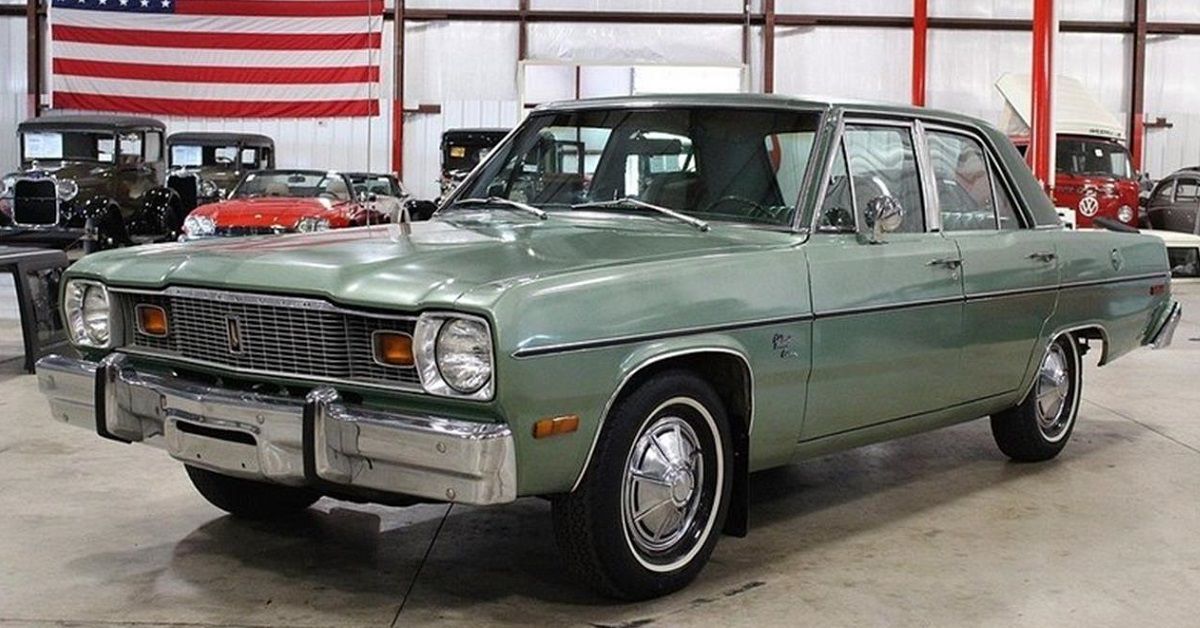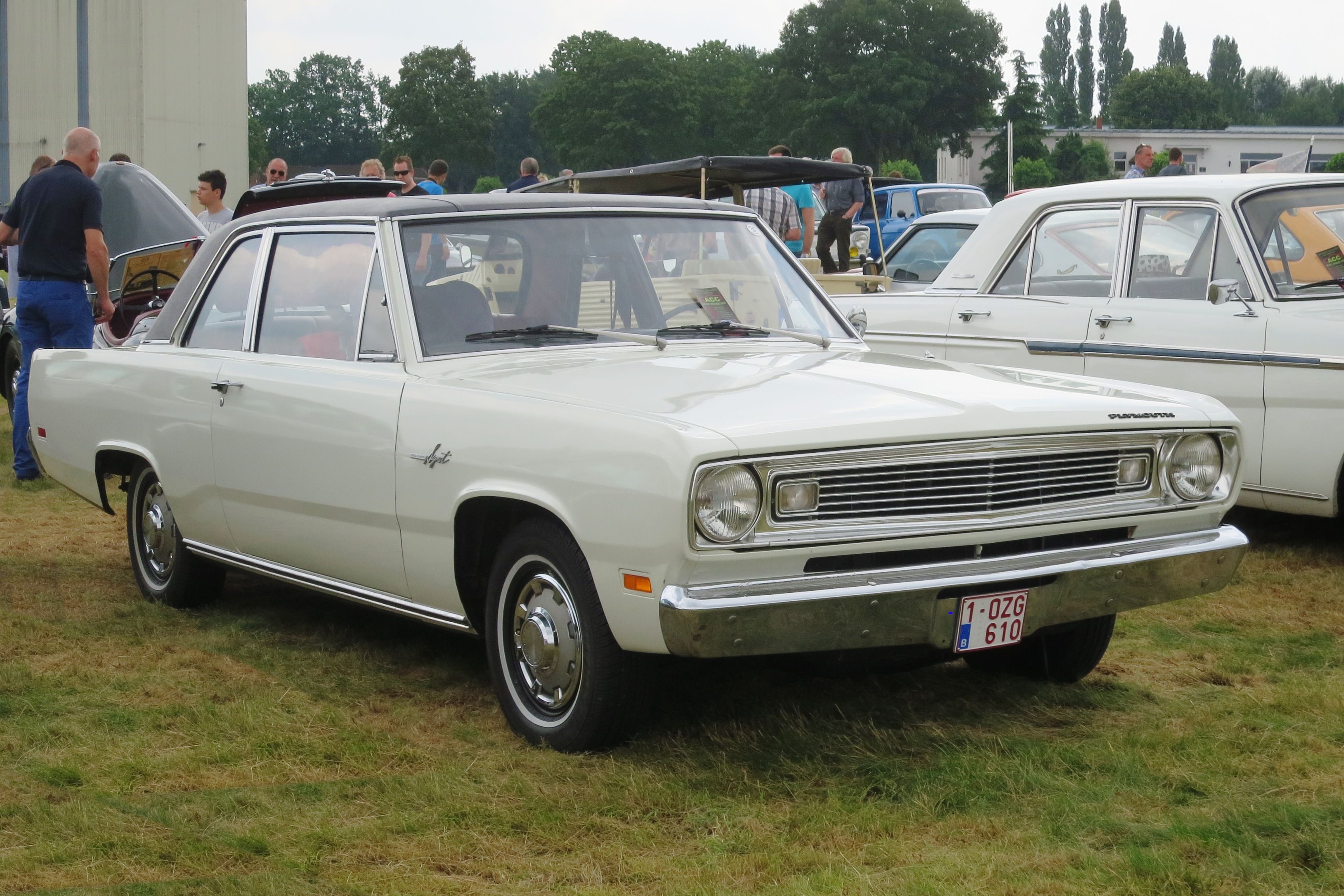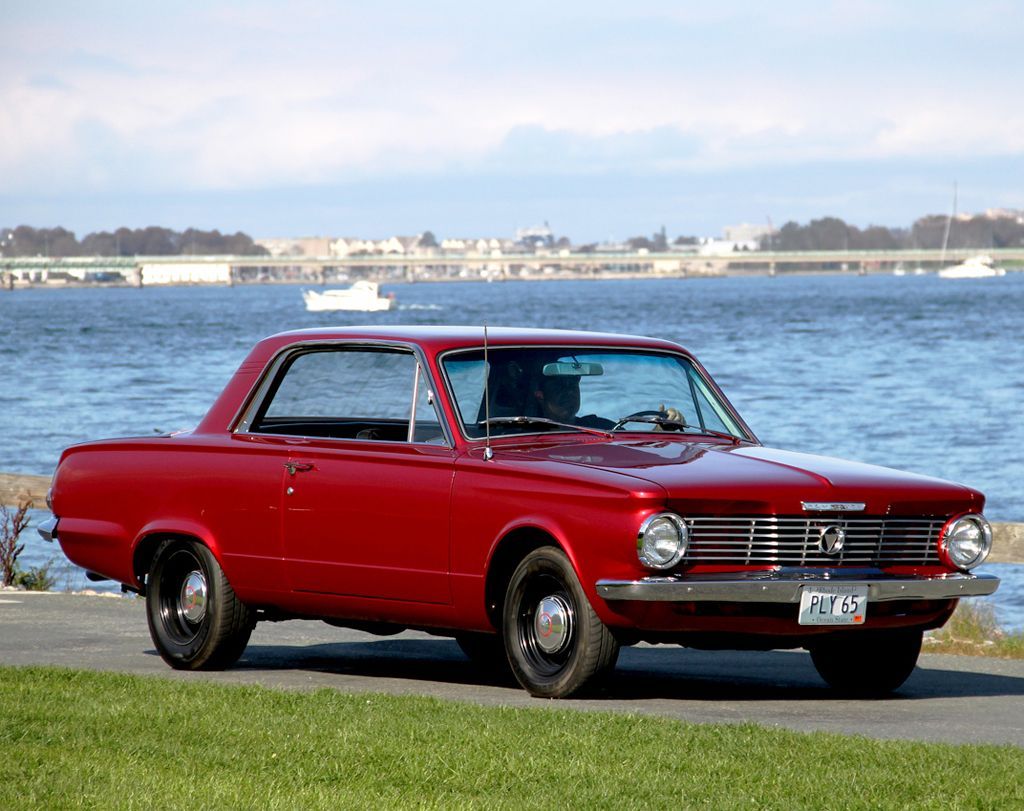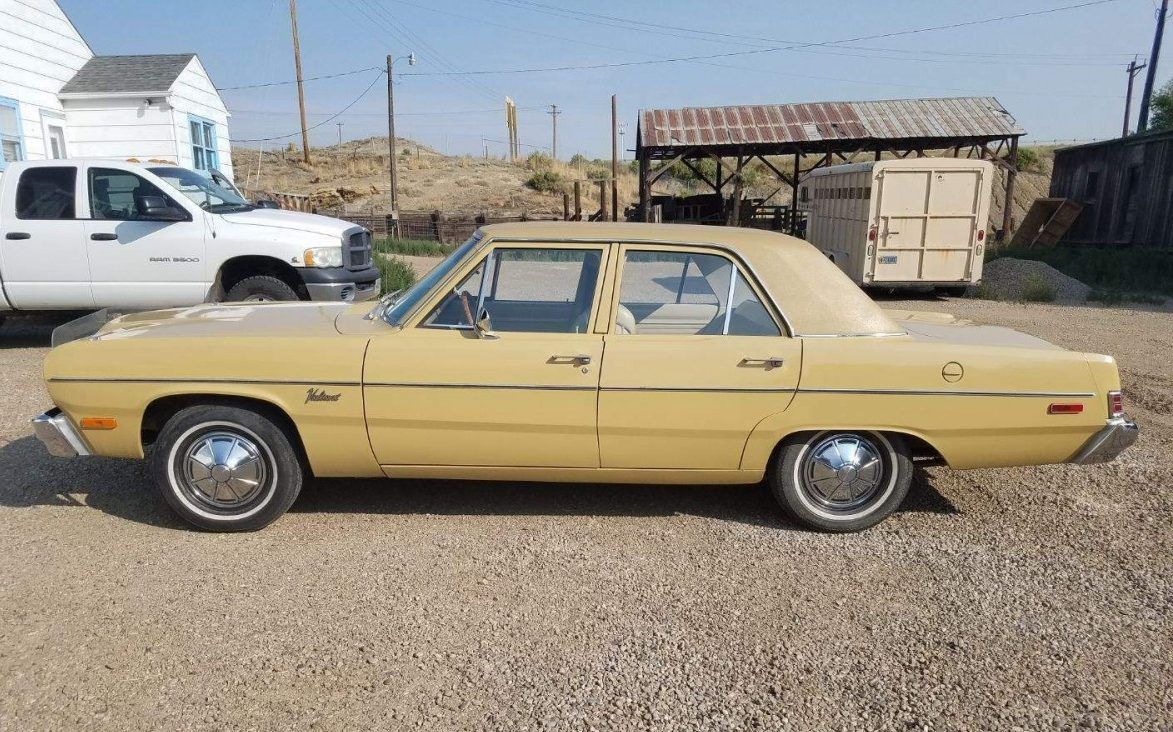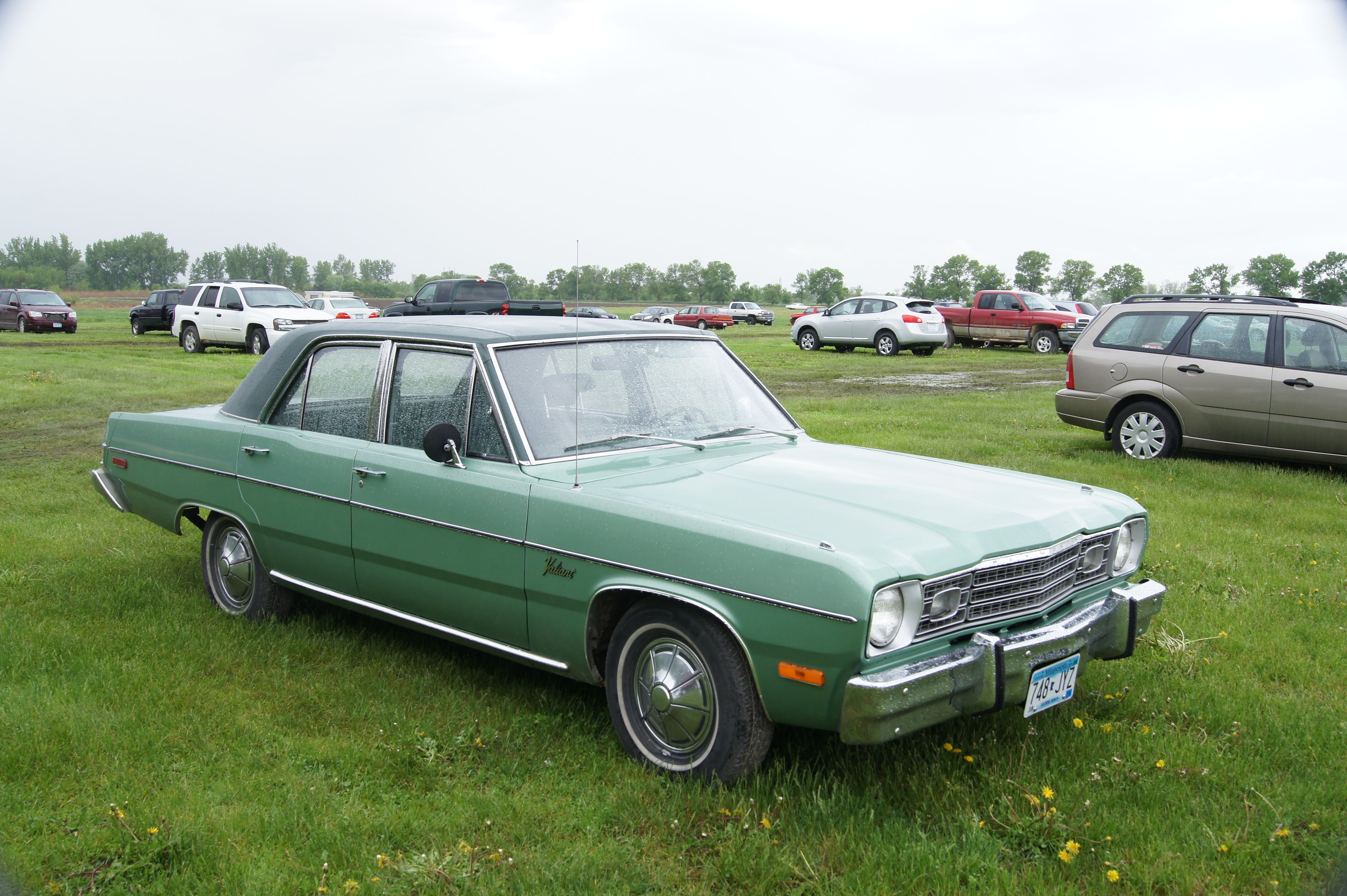Chrysler, the parent company of Plymouth, debuted the Plymouth Valiant in 1959 and manufactured it until 1976. Today, they can be found for a little over $8,000 on average. Its worth is compared with that of another Plymouth, the Prowler. It also has some similarities with the Plymouth Laser, and it had special features just like the Plymouth Reliant. That said, the Plymouth Valiant wasn't quite the muscle car that the late '60s Plymouth Barracuda was. The Valiant was offered in many styles and colors, so it had several different appearances.
Read on to find out more about the history, features, and specialties of the Plymouth Valiant.
How Much Is A Plymouth Valiant Worth Today?
The Plymouth Valiant has a wide price range based on the age and the condition of the vehicle. The average price is around $8,133, but the range goes from $1,500 to $15,400, according to data from 15 auction sales last year.
When the Valiants first arrived, they were sold as a separate line and denoted as V-100 and V-200. This was a common practice among other vehicles at the time, such as the DeSoto and Imperial.
The first Valiants had one powertrain, and a torsion bar for the front suspension. The early Valiants were available in a convertible, station wagon, two-door hardtop, and standard four-door sedan, though the convertible version arrived two years after the rest in 1963.
Chrysler referred to the conditions of the 1960 Plymouth Valiant as "kitchen blue" and "kitchen green." However, alongside these, six other colors were offered: blue, green, silver, white, black, and red. One catch was that red was only offered with the V-200 Valiants.
Second Generation In The 1960s
Beginning in the late 1960s, Plymouth began the second generation of Valiant. These began around 1960, and the Barracuda, previously affiliated with the Valiant, was spun off into another line.
The V-200 was no longer among the Valiant line, and sales were modest in 1967, with Chrysler selling 108,969 units. New bodies were made in 1967, and the following year saw the arrival of the 318 Valiant, which was the newest evolution of the previously-established 273 Valiant.
Several aspects of the 318 would prove successful long after the discontinuation of Valiant in 1976, even adapted for Grand Cherokees, Dakotas, and Rams until 1997. Improvement of both styling and the operating economy was essential with the second generation, and Chrysler also aimed to continue its success in comfort and ease of handling with the Valiant.
The 1968 Valiant had an engine that put out 115 horsepower and there was an optional version that had 145 horsepower. Hydraulic valve lifters and a modified combustion chamber were also added to the V8 engine of the 273. The 318 also got to experience a V8 engine, and this version put out 230 horsepower. Unfortunately, while the 318 was successful, sales dipped in 1969, so Chrysler decided to make a new model largely identical to the Valiant called the Plymouth Duster.
Second Generation In The 1970s
Plymouth decided to continue the second generation of Valiant into the early 1970s, with some moderate modifications.
The decade began for Plymouth with them enjoying the sales boost from the Plymouth Duster, which was successful enough to sell 193,375 units. This was almost double what the Valiant sold in 1969. The base engine was changed to become a new 198 slant six for all the Valiants, replacing the 170.
The restyling that Chrysler had planned for the line in 1970 had to be canceled because of numerous financial issues. The Duster boosted sales of the Valiant line until 1971, when it was so successful that it was spun off into its own line, leaving the Valiant group of vehicles.
In its place came the Scamp, which had a longer wheelbase than the standard Valiant did, and it sold 48,253 models when it first arrived. Sales were rising once more by 1973. Valiants began to look more formal in the front with a massive bumper put in place to meet stricter protection requirements. The appearance from the rear remained largely unchanged. Large single-unit taillamps were added and sunroofs were now available as an option.
Short-Lived Third Generation
For its final year, 1976, Plymouth got a third-generation release. It only lasted one year, and many viewed this move as a giant mistake on Chrysler's part. Sales had dropped for the Valiant, largely in part to internal competition from Chrysler's newly-released Volare/Aspen.
This model was intended as the Valiant's replacement and it sold 32,901 units in its first year. Many noted that the only reason a 1976 Valiant was even made was to buy time for its replacement to arrive, and the lack of new offerings foreshadowed this. On top of all that, said replacement, the Volare/Aspen, was ready ahead of schedule.
Only new trim offerings and minor engineering changes were implemented for the 1976 models. The Scamp was discontinued that year as well, and other versions followed suit. One notable thing about the 1976 Valiant was that it made records as part of "The Fastest American Car” search for Car and Driver, reaching 121.8 MPH in the sedan category.
Sources: valiant.org, conceptcarz.com, autoweek.com, hemmings.com,

